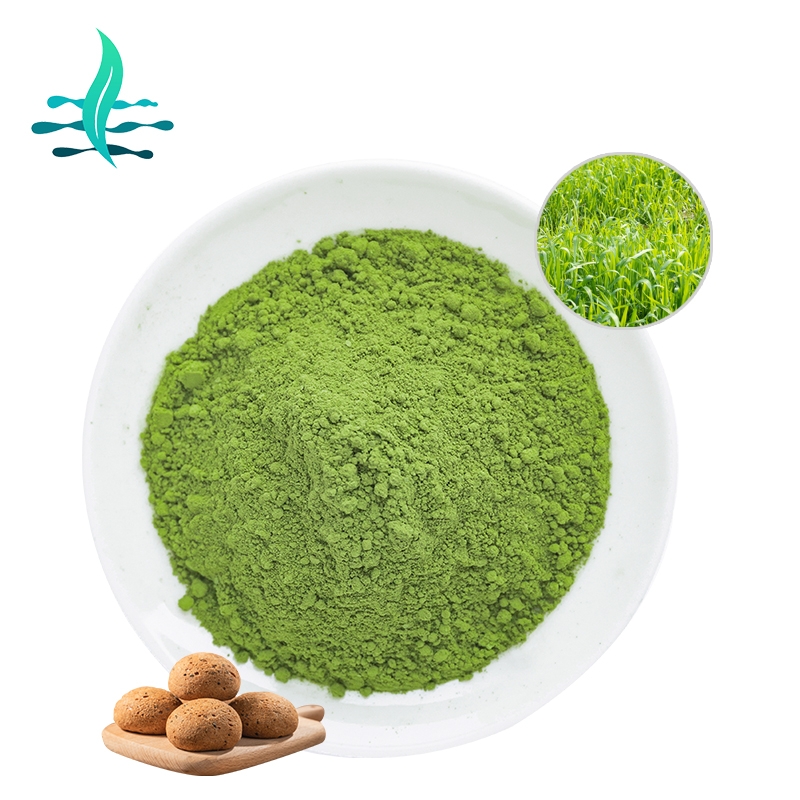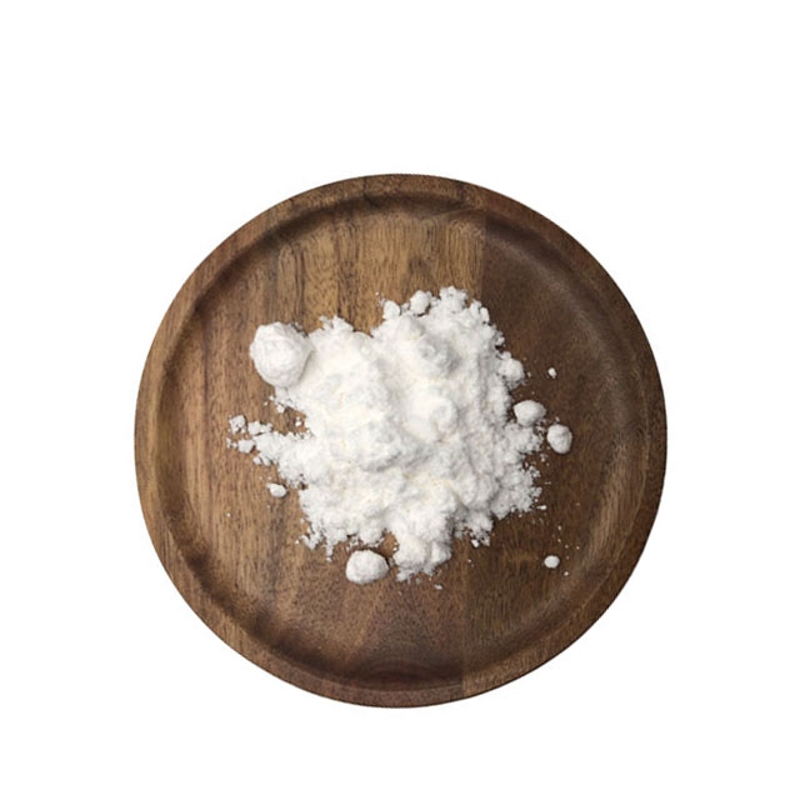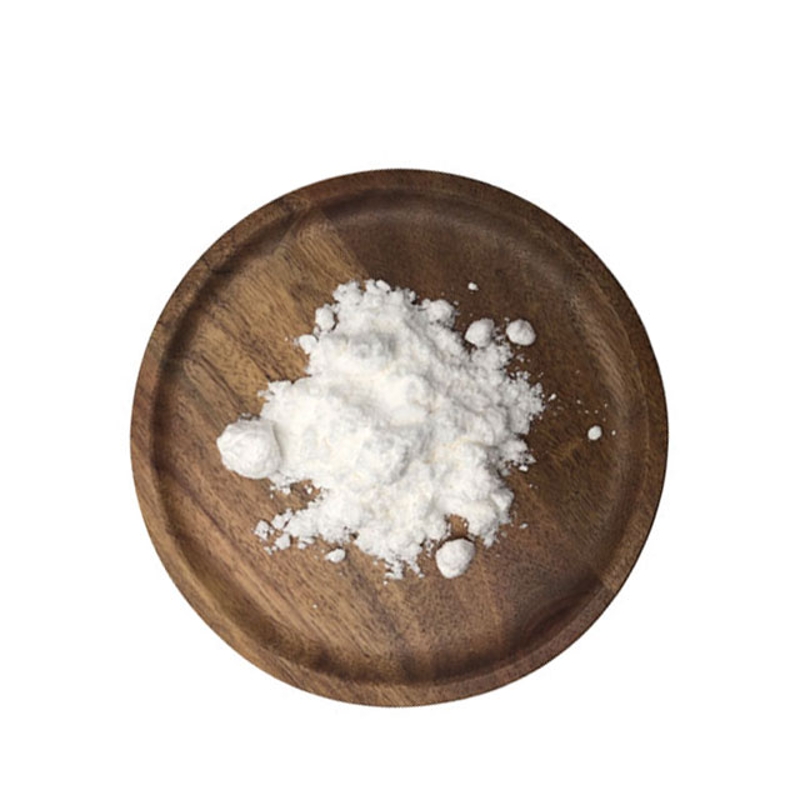-
Categories
-
Pharmaceutical Intermediates
-
Active Pharmaceutical Ingredients
-
Food Additives
- Industrial Coatings
- Agrochemicals
- Dyes and Pigments
- Surfactant
- Flavors and Fragrances
- Chemical Reagents
- Catalyst and Auxiliary
- Natural Products
- Inorganic Chemistry
-
Organic Chemistry
-
Biochemical Engineering
- Analytical Chemistry
- Cosmetic Ingredient
-
Pharmaceutical Intermediates
Promotion
ECHEMI Mall
Wholesale
Weekly Price
Exhibition
News
-
Trade Service
December 24 (Xinhua) -- Global oil demand is expected to rebound from the lowest point of the epidemic-resistant blockade in 2021, but the surge in Middle Eastern crude oil and strong growth in biofuels will have an impact on global crude oil and refiners.
OPEC appears ready to gradually ease production restrictions in an effort to promote economic recovery, and the organization is closely watching the impact of the launch of the new crown vaccine on demand.
Global Crude Oil Supply is expected to increase by an average of 3.5 million barrels per day by 2021, almost entirely from the Saudi- and Russian-led OPEC group, according to S. and P. Global Platts Analytics.
Platts analysis suggests that while relying on unpredictable OPEC production policies, about 70 percent of next year's increase in crude oil supplies is likely to come from the Middle East, as Saudi Arabia and other nuclear producers add a total of 800,000 barrels per day to the market.
, U.S. production outside OPEC is expected to fall by an average of 1 million barrels per day in 2021, as widespread drilling cuts will lead to higher production cuts.
addition to the greater potential supply volatility that could result from disruptions in the supply of crude oil in the Middle East, the growing reliance on middle eastern crude oil also has an impact on the average quality of crude oil worldwide.
rebound in OPEC supplies means that for years, the rapid growth of U.S. light, low-sulfur crude oil will reverse and be replaced by medium-quality, high-sulfur crude oil in the Middle East.
overall, next year's increase in oil production will be led by OPEC crude," said Shin Kim, head of supply and production research at Platts Analytics.
" "Light, low-sulfur crude oil will barely grow in 2021 ... Note, however, that medium-high sulfur will dominate growth in 2021.
" biofuels and liquefied natural gas growth However, the widening spread between heavy, high-sulfur crude oil is not enough to reverse the fortunes of Western refiners.
refiners have seen the global outbreak weaken fuel demand and face accelerated growth in alternative fuels and a weakening outlook for oil demand.
the International Energy Agency (IEA) again warned in October that the widening gap between refining capacity and demand for refined oil products was facing a crisis for refiners.
further squeezed by the rising market share of petroleum products from non-traditional refining systems.
comes from two dimensions: a fast-growing supply of biofuels and petrochemical feedstocks from liquefied natural gas.
biofuel supply is also expected to return to growth next year, driven by national fuel regulations.
ethanol fuel and biodiesel demand is expected to rebound by more than 300,000 barrels per day next year and continue to outstay crude oil demand growth, according to Platts analysis.
supported by increased focus on clean fuel policies in the after-fluke, the IEA expects biofuel production for transportation to reach 186.1 billion litres, or 3.21 million barrels per day, by 2025, up 14 per cent from 2019 levels.
report predicts that globally, biofuels will meet about 5.4 per cent of road transport energy needs by 2025, up from just under 4.8 per cent in 2019.
could also be an inflection point for liquefied natural gas, a key component of raw materials for refineries and petrochemical plants, including ethane, propane, butane and natural gasoline, after shrinking by about 4% in 2020.
analysis estimates that global gas supplies are expected to be flat in 2021 and then continue to outspron by crude oil growth.
based on the IEA's long-term oil forecasts, crude oil demand will grow by 4% over the next decade to a peak of 80.6 million bpd by 2030.
, however, LNG production will increase by 4 per cent over the same period to 20 million barrels per day, accounting for almost a fifth of the world's liquid fuel pools.
return to strong growth in LNG supplies, which means a shrinking share of the crude oil market.
IEA said demand for liquefied natural gas and biofuels would increase by 3m b/d to 23.6m b/d over the next decade, accounting for 22 per cent of the world's liquid fuels.
oil refining outlook is bleak U.S. and European refiners are most feeling that the global outbreak is undermining oil demand, with profit margins plummeting and rising biofuel and liquefied natural gas production only exacerbating the bleak outlook.
that increased refining capacity in the Middle East and Asia will outpace a rebound in fuel demand next year.
analysis estimates that the average increase in global refining demand over the next two years will be just 167,000 barrels per year, down from an average of more than 800,000 barrels per year in the five years before the outbreak. "The continued influx of biofuels and liquefied natural gas supplies will further drag down crude oil supplies in 2021, which will squeeze margins at existing refineries, especially in the event of a slow recovery in transportation fuel demand and the inevitable closure of refineries,"
Puter Analysis said in a recent report.
" Wood Mackenzie estimates that 1.4 million barrels per day of refining capacity in Europe is under serious threat of closure by 2023.
the agency believes regional refining margins could then fall to new lows, with 65 per cent of plants with zero or negative net cash margins.
terrible profits and low utilization are likely to continue to drive the current trend that refineries in the United States and Europe are either retrofitting existing refineries or starting collaborative processing of renewable diesel or HVO (hydrogenated vegetable oil) in their facilities.
outbreak has also increased the focus on chemical recovery technologies, which will further dampen demand for crude oil and widen the gap between capacity and crude oil operations.
with the outbreak, the global oil supply pool will change rapidly next year, and refiners may be most impressed by the acceleration of the theme of alternative low-carbon fuels, rather than the pace of demand rebound.
0, 10, 1 (Print) (Close)







